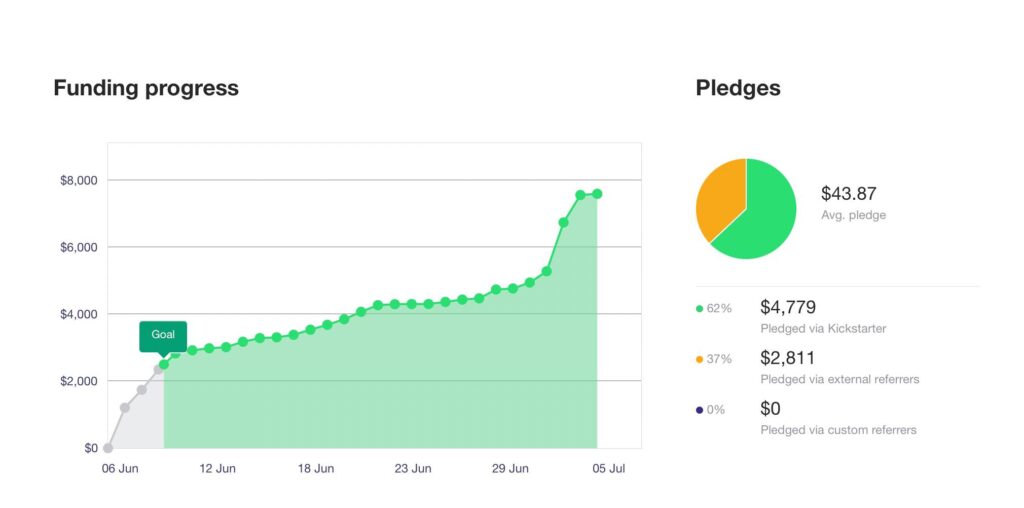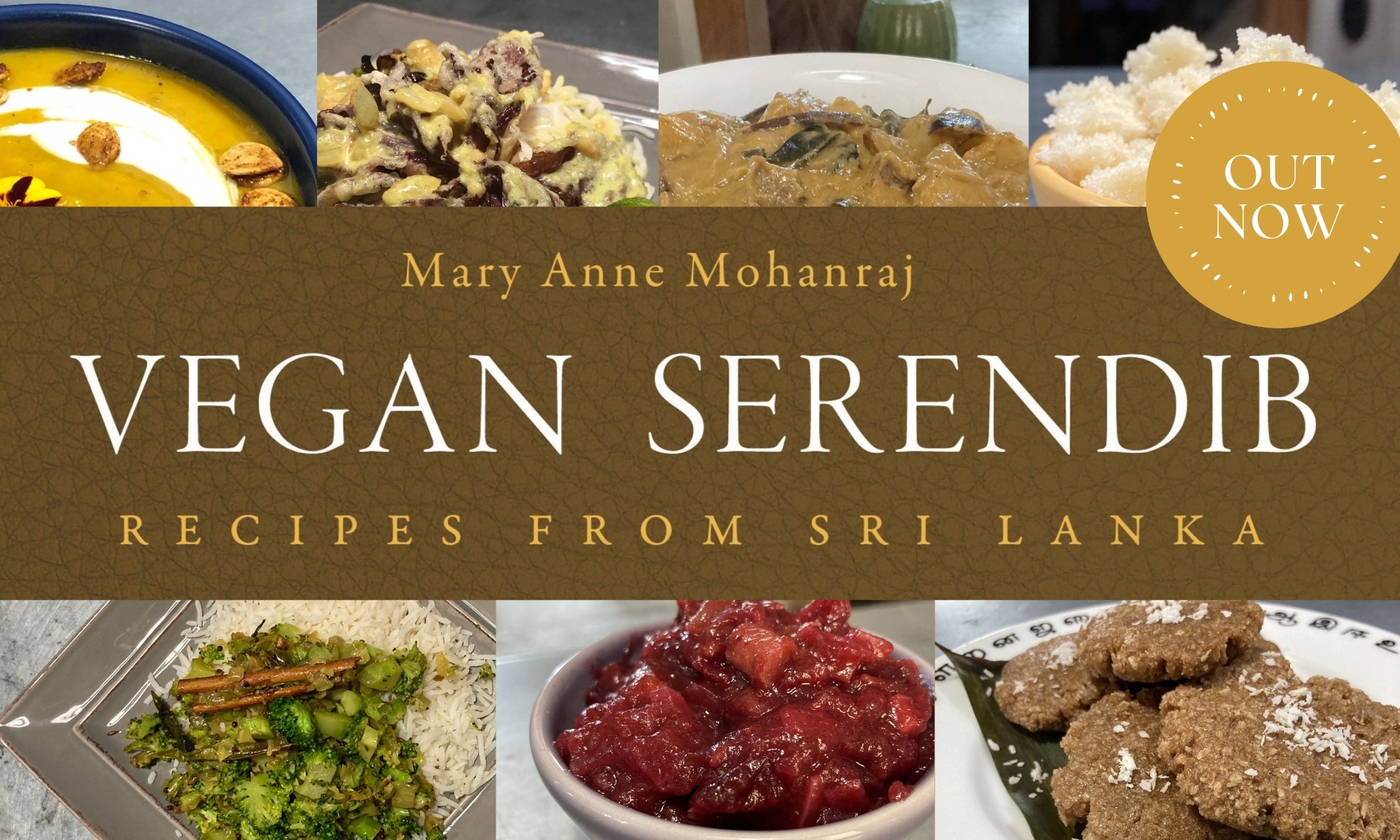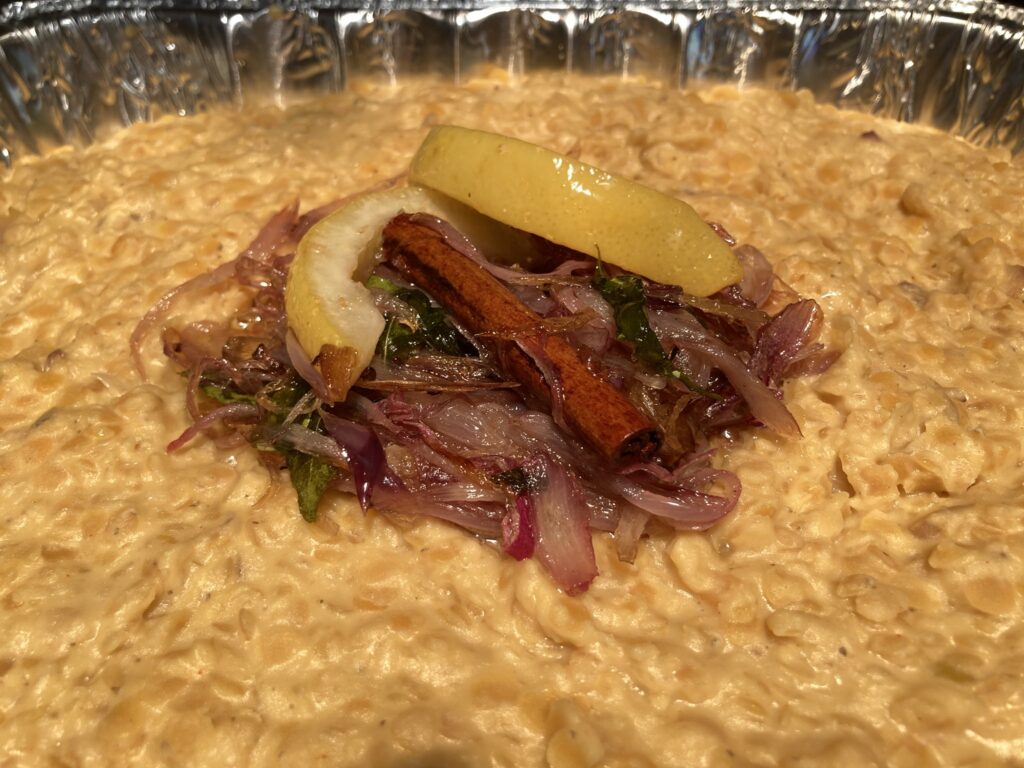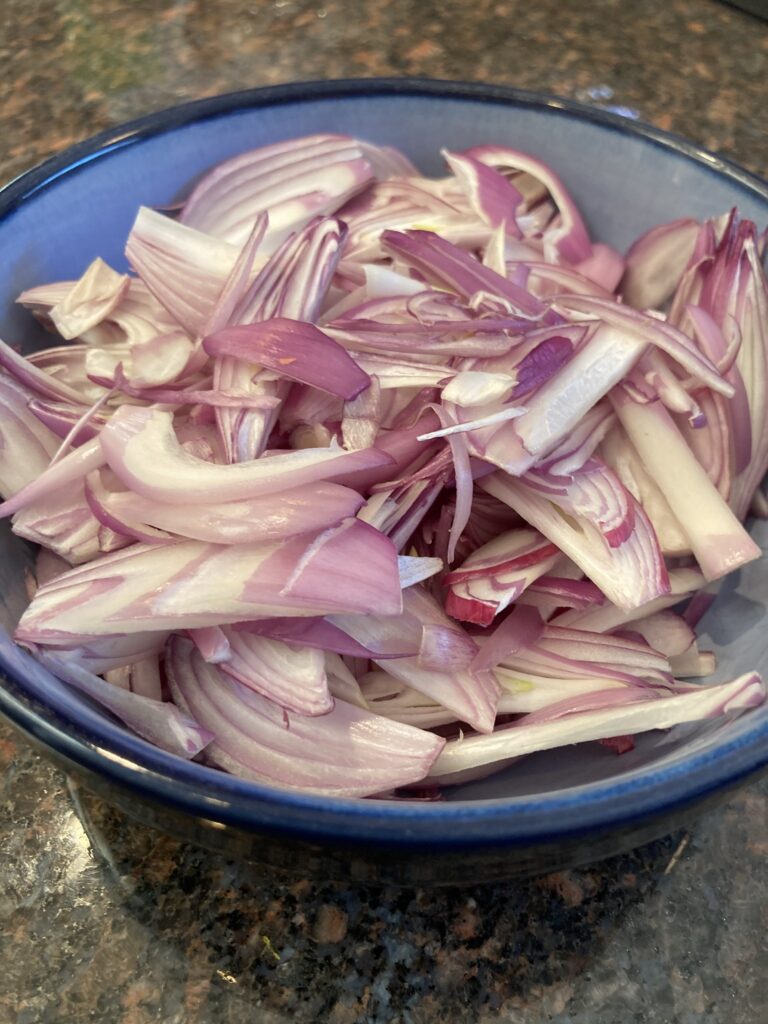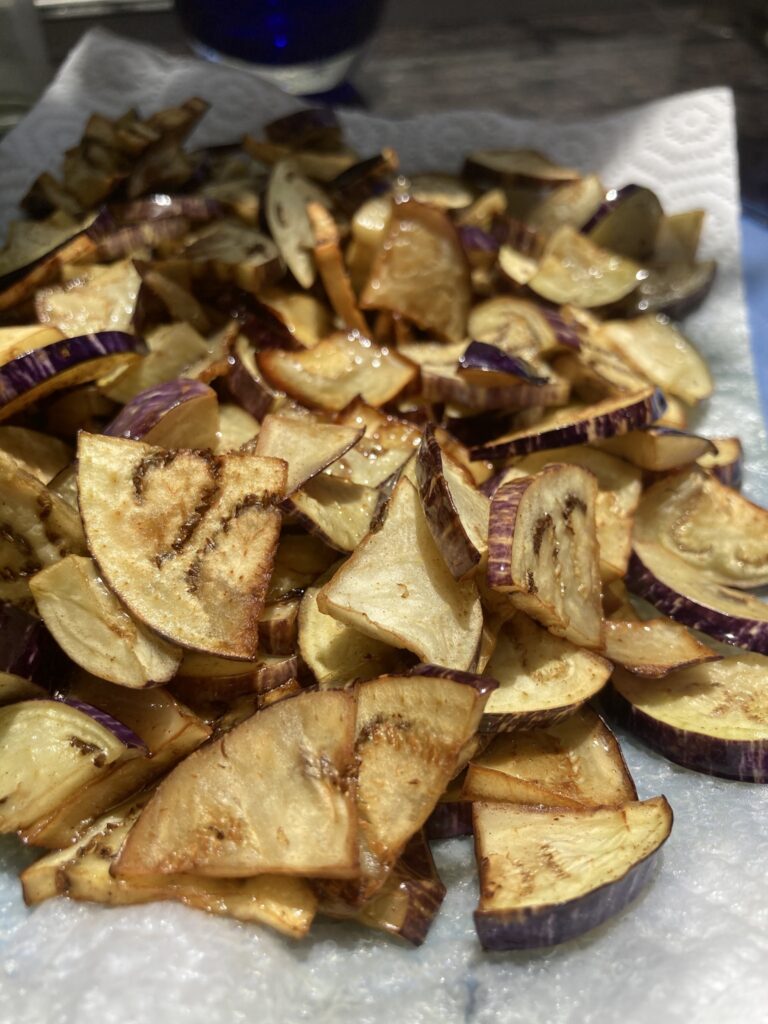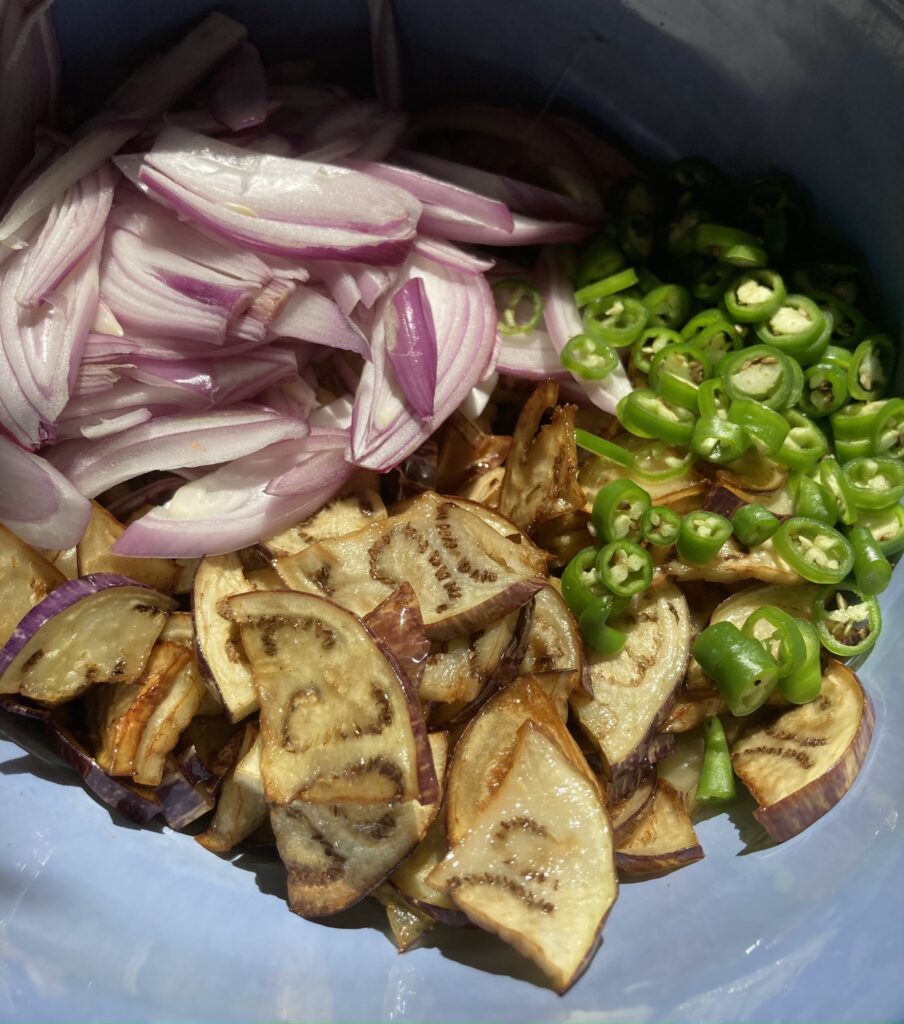So I thought now was a good time to do a quick review of how this Kickstarter project went. (If you’re a Kickstarter person, feel free to drop tips in the comments; newbies should feel free to ask questions too!)
Usually what you see with Kickstarter is a U-shaped distribution of activity, with a peak at the beginning when you launch (and tell your friends), a big trough through the middle of the month, and then another peak at the end (when people realize you’re about to run out of time, and they should hurry up if they want to get in on any discounts, etc).
What I’m usually trying to do with my Kickstarters now is set my initial goal as low as I can manage — whatever the minimum is for the project actually happening. That alleviates a lot of stress for me; I try hard to do enough promotion in those first days to actually meet the goal. Once it’s funded, I can relax a little. I don’t ever want to be in a situation like I was with my first Kickstarter, where I was up until 3 a.m. on the final night, waiting to see if it funded. (Kickstarter is all-or-nothing, so if you don’t meet your goal, you get zilch. Brutal.)
After that initial push, ideally you’d have plenty of promotion planned for the rest of the month, to keep pushing the bottom of the ‘U’ trough up as much as you can. In actuality, I got busy and did almost nothing about the Kickstarter for weeks after it funded. This is typical for me. I don’t necessarily recommend it. 
Now, this isn’t actually an activity graph — it’s a funding graph, so it’s not measuring the same thing I was talking about initially above. (I’m not sure if Kickstarter has an activity graph somewhere that I can grab.) So it was never going to dip down again — it can only hold flat or go up.
But what you do see is that it continued to go up, a little slowly, over the course of the month. And then as we enter the last few days (and I do a bunch of posting), it goes up sharply, as one would expect.
We’ve just passed our second stretch goal, $7500, with an initial goal of $2500. So we’ve tripled what we originally set, and that will be enough for us to be nice and relaxed at Serendib Press as we actually produce the book; if I need to spend a little extra money on design or indexing or some such, it won’t be a stressor. That’s good.
I’m not going to do what I did with Feast and invest additional money in a print run; there’s only so many books I want to manage storage for, and right now, with Feast’s initial print run interrupted by the pandemic shelter-in-place starting right after launch day, I have as much stock on hand as I can manage.
So Vegan will be POD — that means it’s more like $20 to print a hardcover than $10, so when you add in all the other production costs, I’ll probably only make a dollar or two / book. (Let us not even try to calculate the amount of time I put into thinking about, reading about, developing recipes, and cooking them — that way lies madness.)
A dollar or two / book is fine; I never intended this book to be wildly profitable (I mean, if it happens, I won’t complain.) It’s really a labor of love; I mostly wanted it to exist in the world for all the vegans and vegetarians who would love Sri Lankan food, but who would be distressed by paging through Feast and passing all the non-vegan recipes. My food should only bring people joy. 
Karina, love, this one is for you, with the fondest memories of our travels through Sri Lanka. I hope we get to go back before too long.
